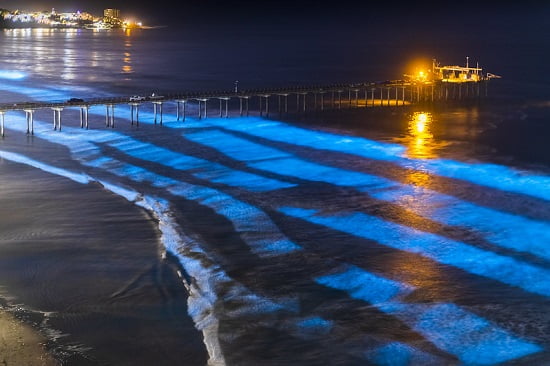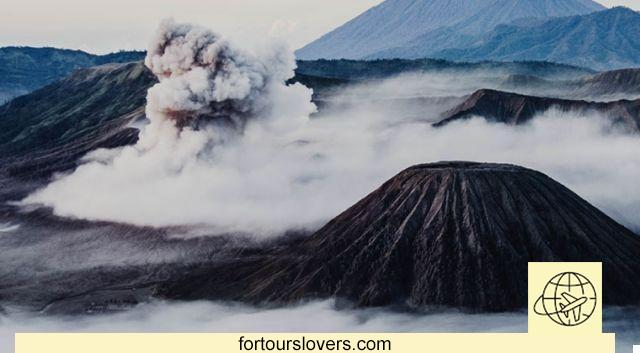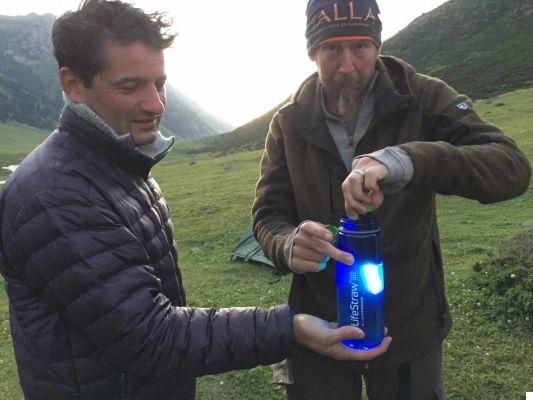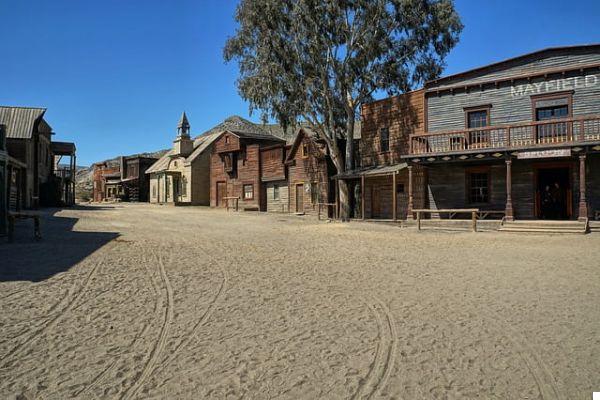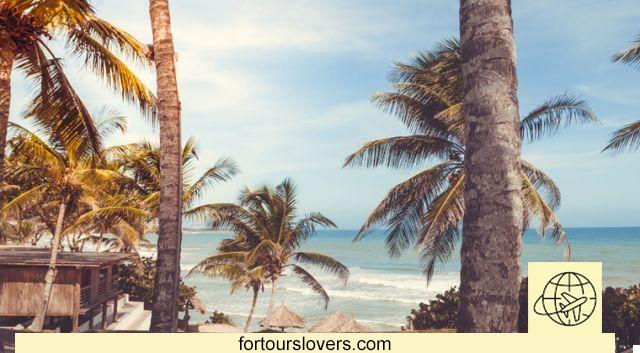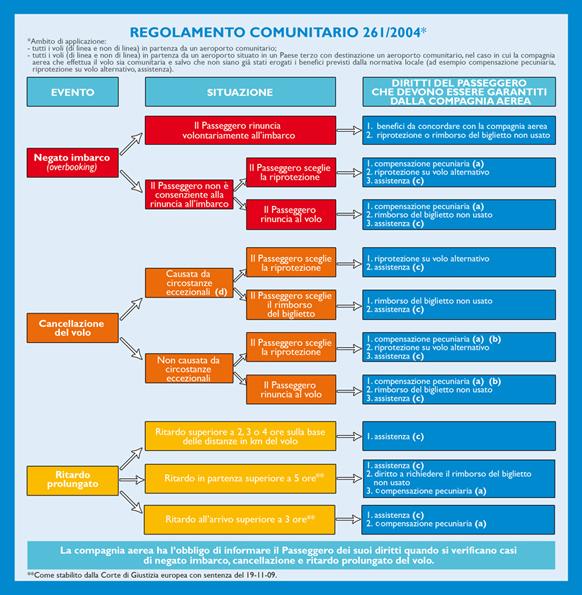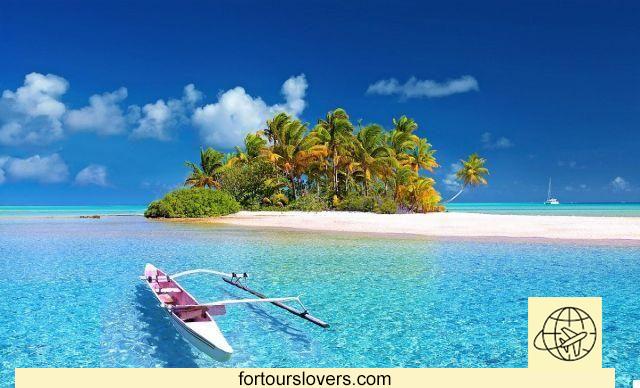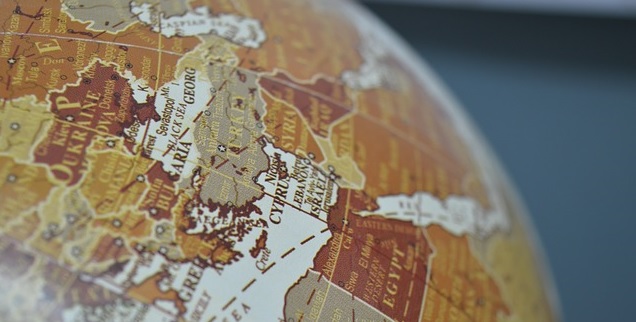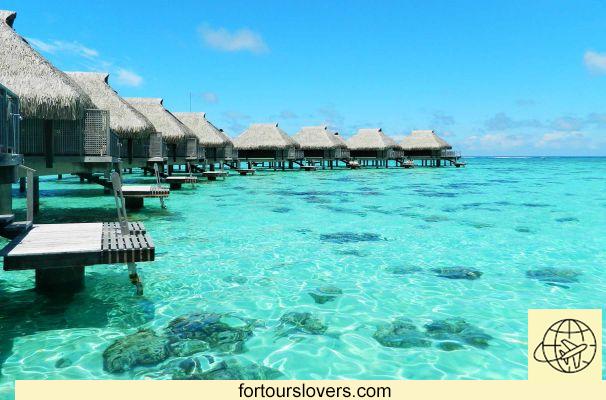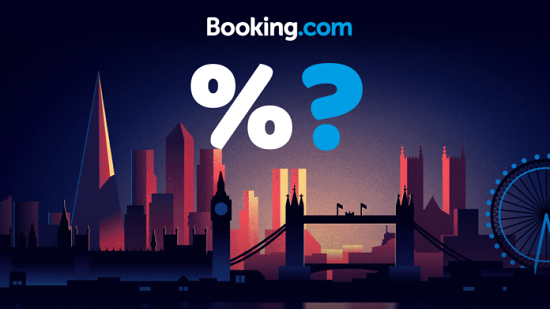Very often tourists, on vacation in exotic destinations, they are amazed walking at night along the beaches from natural phenomenon that transforms the nocturnal ocean into a magnificent firmament of stars.
As the waves break on the sandy shore or bare feet pass over the wet sand, a bright glow of deep blue appears all along the ocean-washed coast. This magical effect is caused by the plancton bioluminescente present in the warm waters of coastal areas.
Scientists recently found that this type of plankton glows when stressed from movement. This may be due to the movement of the waves breaking along the shore or from the feet moving the thin layer of water along the coast as you walk.
This type of plankton (phytoplankton), called Lingulodinium polyedrum, produces light using a chemical called Luciferian, which it creates independently. The light that the little plankton emits is defined "cold light", because less than 20% of the light generated by heat. In fact, it turns out difficult to photograph this extraordinary phenomenon Naturally, only professional photographers can capture these brilliant colors.
Large areas of the oceans are heavily populated by glowing plankton, but the effect is especially common in warm water lagoons, like bays with narrow openings to the sea. This allows plankton to gather in large numbers along the coast.
Where to see the effect of bioluminescent plankton?
If you want to see the phenomenon of beaches that light up at night (bioluminescent plankton), there are various places around the world where this extraordinary natural phenomenon occurs.
Almost all the islands of the Maldives, famous for the splendid white beaches bathed by a marvelous limpid and crystalline sea, are “inhabited” by incandescent plankton. The best period to witness this phenomenon is from mid-summer until winter, although it can occur throughout the year.
The coast of San Diego and Leucadia in California, the Everglades in Florida there are other places where the phenomenon is often reported. Other countries where bioluminescent plankton can be observed are: Thailand, Australia, Vietnam, Puerto Rico and Jamaica.
Here is a more detailed list:
Padang Bai, Bali, Indonesia
This is one of the busiest bays in Bali. The public ferry from Bali to Lombok passes here, and there are several diving spots worth exploring. Who explore the bay at night has the unique privilege of witnessing firsthand the spectacular phenomenon of bioluminescent plankton.
Trelawny Lagoon, Jamaica
It is a popular tourist attraction due to its natural bioluminescence. You can take a boat and watch the light trail that fish leave while swimming, or even go for a swim alone! This lagoon is one of the brightest in the world, thanks also to its warm climate.
Halong Bay, Vietnam
Halong Bay in Vietnam is another bay that exhibits bioluminescence from motion. If we walk in the water, a luminous trail will follow our path. The bay is perfect for swimming and for seeing the phenomenon of bioluminescence, especially when the water is calm and the moon is not too high in the sky (even better during the new moon).
Reethi Beach, Maldives
One of the most photographed bioluminescence phenomena in the world is that in the Maldives. Here the water shines with an intense blue and the sand turns into a "piece of sky". Beyond Reethi Beach, beautiful illuminated blue beaches can also be seen on the island of Rangali, Vaadhooe, Fihalhohi, Embedu,… The phenomenon is particularly evident when the moon is not very bright.
Mosquito Bay, Vieques, Puerto Rico
Puerto Mosquito is located on the southern coast of the island of Vieques. This magical bioluminescent bay was officially declared the brightest recorded in the world from the Guinness Book of World Records 2008. Try visiting the bay when there is a new moon, because this is the time when the glow the strongest brightness.
Mission Bay, San Diego, California
In this part of San Diego, the ocean waves are red during the day and neon blue at night, due to the massive amounts of bioluminescent algae. Sometimes these algae can emit toxins that are dangerous to health, so you have to check if you can go for a swim or not. If you can't swim, you can always take a kayak ride to take pictures of the wonderful phenomenon.
Toyama Bay, Japan
Here the phenomenon of the shimmering bay is not due to the plankton, but to the presence of a detail luminescent squid, the firefly squid. Between March and June, the 14km-long shoreline of Toyama Bay becomes a sparkling light show.
Manasquan Beach, New Jersey
When the tide is low, you can witness the brilliant colors, red by day and blue by night, coming in from algae. The best time to witness this bioluminescence is in the summer months between July and September.
Matsu Islands, Taiwan
Known locally as "blue tears," bioluminescence is a common occurrence on this archipelago in the East China Sea. When the conditions are right, the water lights up like a Christmas tree.
Other places to watch the beaches light up at night:
Ton Sai a Krabi, Koh Phi Phi, Thailandia
Gippsland Lakes e Cairns in Australia
Swami’s Beach, Mission Bay, California
Torrey Pines Beach, Jolla Beach e Huntington Beach, California
Cocoa Beach, Florida
Sam Mun Tsai Beach, Hong Kong
Koh Rong in Cambodia
When to see the beaches that light up at night
The stronger the moonshine, the harder it is to see the fluorescent plankton. The best way to increase the chances of seeing bioluminescence is to make sure we go to the new moon, when our satellite reaches its lowest brightness.
